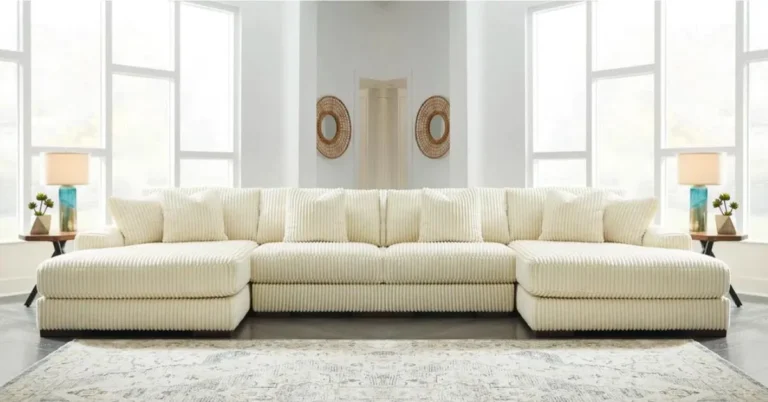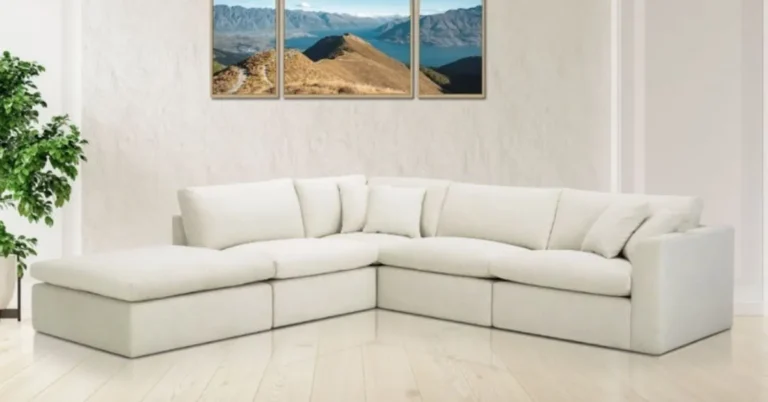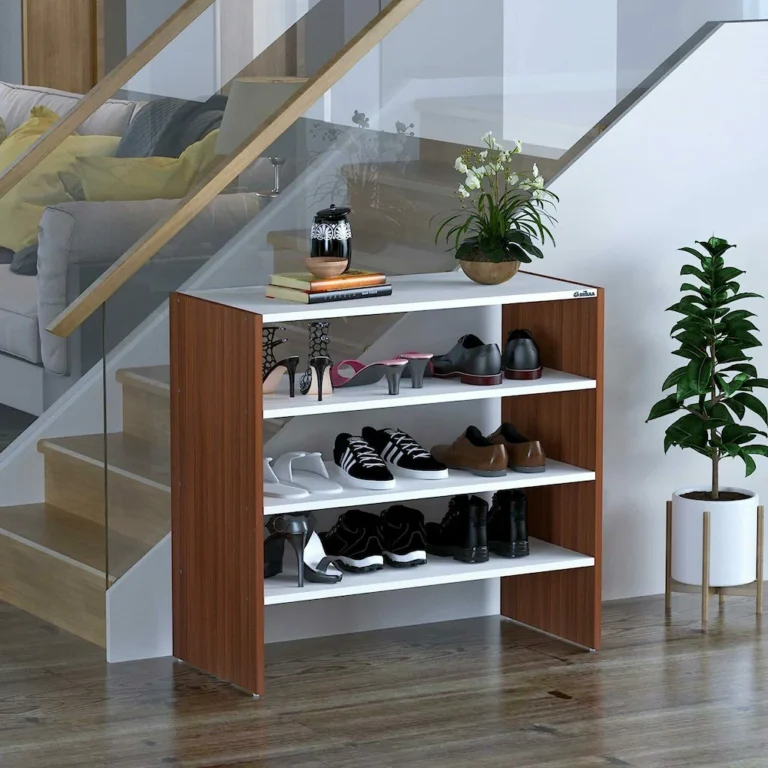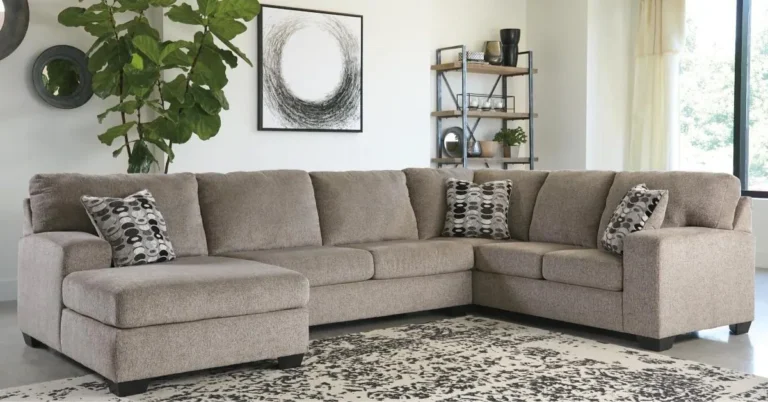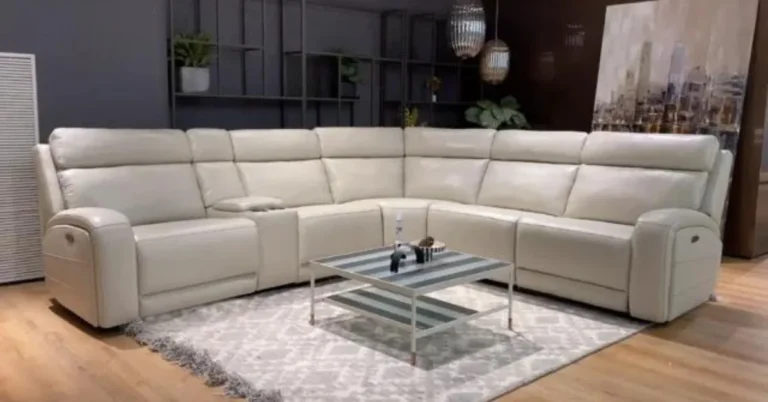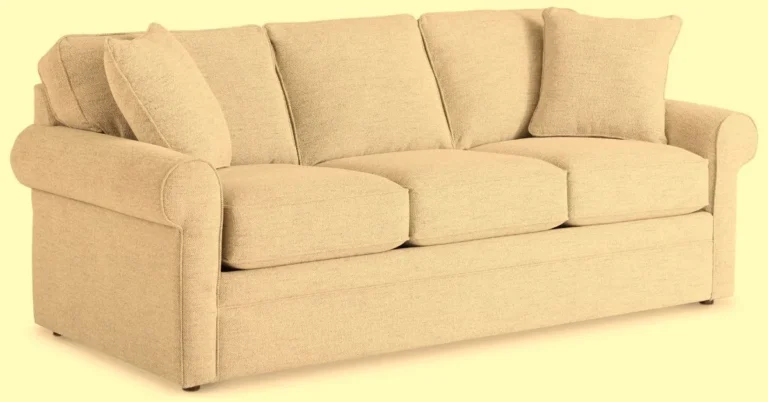Cement Planters Adding Style and Durability to Your Green Space
Growing plants and landscaping with cement planters has become popular, and people use them both inside and outside. In addition to giving your plants a strong base, these sturdy containers also add a touch of class and elegance to any space.
Benefits of Cement Planters
- Durability
One of the best things about cement planters is that they last a very long time. The cement, sand, and aggregates that were used to make these planters make them strong and long-lasting. In contrast to plastic or ceramic alternatives, which may break down or crack over time, cement planters stay together even in bad weather.
- Versatility
Cement planters are very flexible and can be used in a huge number of ways to improve your plants. There are many shapes, sizes, and designs of cement planters, so there is one for every taste and style. Cement planters are a stable and helpful place for plants to grow, whether you’re growing bright flowers, lush leaves, or even small trees.
- Aesthetic Appeal
Although cement planters are useful, they also add a touch of style and sophistication to any room. These planters come in a lot of different styles, from classic urns to sleek, modern ones. They will look good with any style of decor. They look great in both indoor and outdoor settings because their colors are neutral. This makes your green space look better overall.
Types of Cement Planters
There are a lot of different options when it comes to cement planters. Traditional styles often use simple urn or pot shapes and add intricate details or textured finishes to make them look more interesting. To gardens, patios, and entryways, these classic pieces add a touch of class and charm.
Modern cement planters, on the other hand, have clean lines and a simple look that makes them perfect for modern rooms. These simple designs have a modern and stylish look that makes them perfect for urban gardens, rooftop terraces, and other modern outdoor living spaces.
Factors to Consider When Choosing Cement Planters
There are a few things you should think about before you buy a cement planter for your garden or home.
- Size and Shape
You should think about the planter’s size and shape to make sure it fits your plants’ needs. Larger planters give roots plenty of room to grow and let you use bold, statement plants to make a striking focal point. Smaller planters are great for small spaces or displays on tables. They can add a touch of green to any room or outdoor space.
- Drainage System
Choose planters with good drainage systems to keep the soil from getting too wet and causing root rot. Having good drainage is important for keeping plants healthy and keeping the soil from getting too wet. Look for planters that have drainage holes or built-in reservoirs so that water can easily drain away. This will keep your plants healthy and happy.
- Weight
Think about how heavy the planter is, especially if you want to move it around a lot or put it on a balcony or other high surface. Because they are so strong, cement planters tend to be heavier than plastic or resin ones. If you think you will have to move the planter a lot, you might want to choose a smaller size or ask a friend or family member to help you move and lift it.
- Environmental Impact
When picking out cement planters, think about how your choice will affect the environment. Even though cement is strong and lasts a long time, making it can have big effects on the environment, such as releasing carbon into the air and destroying habitats. To leave as little of an impact on the environment as possible, look for planters made from recycled or sustainable materials or think about finding new uses for old containers.
How to Care for Cement Planters
Taking care of cement planters is pretty easy and doesn’t take much work to keep them looking their best.
- Cleaning
The surface of the planter stays clean because it is cleaned regularly. This keeps it looking nice and stops mold or mildew from growing. To clean a cement planter, all you have to do is wipe the outside down with a damp cloth or sponge and some mild soap. If you have stains or discolorations that won’t come off, you can use an abrasive cleaner or scrub brush to remove buildup gently without hurting the surface.
- Sealing
Putting a waterproof sealant on the planter’s surface helps keep water out, which in turn makes it last longer. Pick a high-quality sealant that is made to be used outside and works with cement surfaces. Follow the sealant’s manufacturer’s instructions to make sure it’s completely covered. Let it dry completely before adding soil or plants.
- Winter Protection
To keep cement planters from cracking or breaking in the winter, they need to be kept out of freezing temperatures. Bring planters from outside inside if you can, or put them somewhere protected from wind and cold. You can also add an extra layer of protection against frost and ice by wrapping planters in bubble wrap, burlap, or other insulating materials.
DIY Cement Planters
If you like being creative, making your own cement planters can be a fun and inexpensive project. You can make your own planters that are unique to you and your style with just a few simple tools and some imagination.
Step-by-Step Instructions
To keep the cement from sticking to the mold or form, use a release agent to get it ready.
Follow the directions on the package to mix the cement, adding sand as needed to get the right consistency.
Make sure the cement mixture fills the mold evenly and completely as you pour it in.
Gentle taps on the sides of the mold will get rid of any air bubbles and make the cement smooth.
Follow the directions for how long to let the cement dry and harden.
Once the planter is completely hard, carefully take it out of the mold and sand down any rough spots or edges.
You can change the way your planter looks by adding decorative touches like paint, stain, or embellishments.
Put soil and your favorite plants in the planter. Make sure it drains well and water as needed.
Different creative ideas
Try out different mold sizes, shapes, and textures to make planters that are truly one-of-a-kind. You can also change how your planters look by adding decorative elements like geometric patterns, textured surfaces, or objects that are embedded in the pots. Let your creativity run wild and enjoy discovering all the different ways you can make cement planters.
Incorporating Cement Planters in Home Decor
Cast-iron planters add a touch of class and style to any space, whether they are inside or outside.
- Indoor Usage
When you bring your plants inside, cement planters look great as focal points on mantels, shelves, or countertops, showing off your favorite plants in style. For displays on a table, choose smaller planters. For more interesting arrangements, group several planters together. Cement planters can also be used with other decor styles to give any room a touch of natural texture and visual interest.
- Outdoor Usage
Outside, cement planters can define outdoor living spaces by making seating areas that are inviting or by adding a splash of green to entryways. You can add structure and privacy to your garden by placing planters along paths or along the edges of patios. You can also use them to separate different areas of your garden for different purposes. You can also grow a wide range of plants, flowers, and herbs in a small, flexible space by using cement planters for container gardening.
- Styling Tips
When you’re decorating with cement planters, think about how the room looks as a whole and choose plants that go with that style. Combine plants of different sizes, shapes, and textures to add depth and visual contrast. Also, try different arrangements and heights to get a look that is balanced and well-balanced. To make your planters more interesting and unique, don’t be afraid to get creative and add things that you wouldn’t normally put in them, like trailing vines, ornamental grasses, or sculptural succulents.
Conclusion
For the most part, cement planters are long-lasting, flexible, and attractive, which makes them a great choice for improving your green space. You can find a cement planter that fits your style and goes with your decor, whether you like classic elegance or sleek modern minimalism. These sturdy containers will look great in your home or garden for years to come if you take good care of them.
FAQs
Can cement planters be used outdoors in all weather conditions?
Indeed, cement planters are made to last in all kinds of weather, such as rain, frost, and heat. But it’s important to keep them safe from big changes in temperature and make sure they have enough drainage to keep water damage from happening.
How often should I water plants in cement planters?
How often you water your plants depends on their needs and the conditions where they are growing. To make sure plants get enough water without getting too wet, it’s important to keep an eye on the soil’s moisture level and adjust how much you water based on what you see.
Can I paint or decorate cement planters?
Yes, you can paint or decorate cement planters to make them look the way you want. But it’s important to use paints or sealants that are made to be used outside and work with cement surfaces. Also, think about using weather-resistant sealants and materials to make sure they last a long time and keep out the weather.
Are cement planters heavy to move?
Because they are so strong, cement planters tend to be heavier than plastic or resin ones. When moving or positioning them in your space, think about how much they weigh. If you need to, ask a friend or family member to help you avoid strain or injury.
How can I prevent cracking in cement planters?
Avoid putting cement planters directly on hard surfaces or uneven ground to keep them from cracking. Put a saucer or protective base under the planter to spread the weight out more evenly and make the surface less stressed. You might also want to use a waterproof sealant to protect the inside of the planter from water getting in and freeze-thaw cycles.

